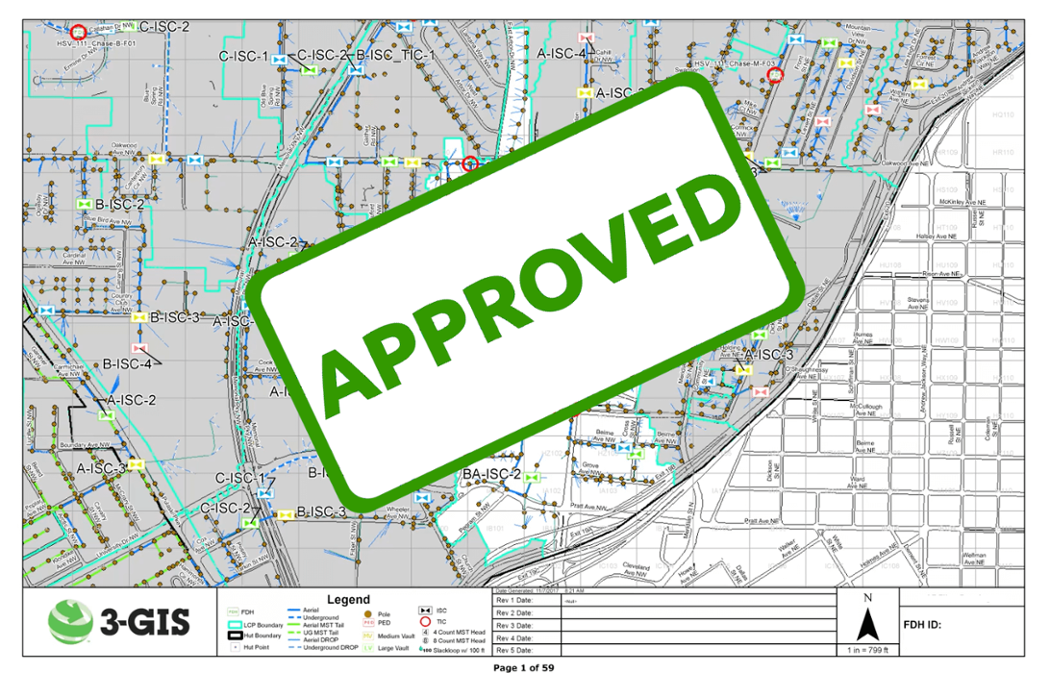- Esri
- Telecom technologies
Esri UC 2020: What we (verb)ed
Last week many of our team members attended the virtual Esri User Conference. In an effort to spread the wealth of knowledge, and frankly, to see how well everyone adjusted to an all virtual conference, we asked them to let us know about their experience at the sessions they attended and the conference as a whole. Check out a few of their favorite findings, remaining questions, and curiosities below:






